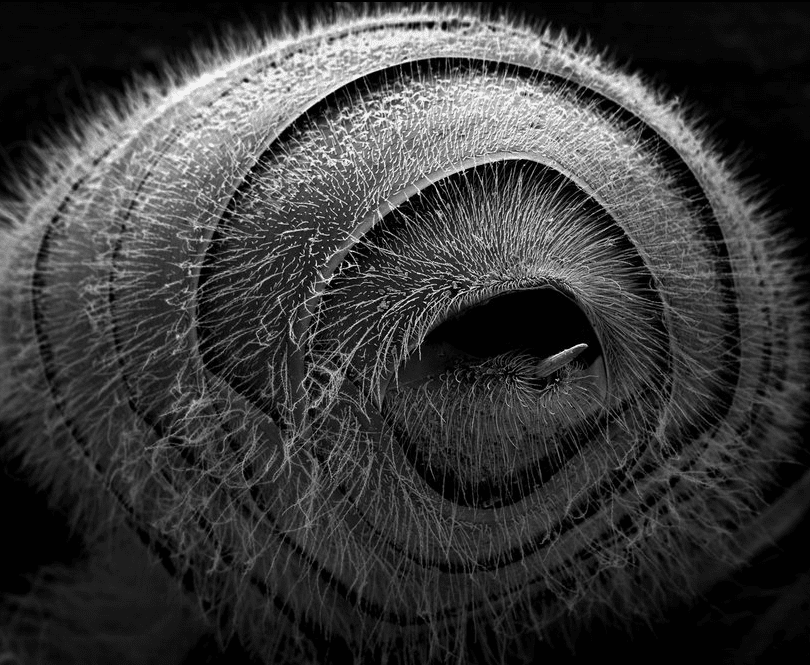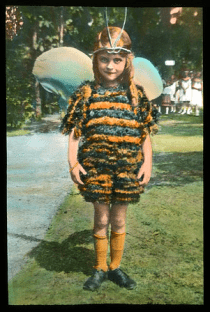 Albert Einstein once remarked that if bees were to disappear, mankind would perish in just a few years. And yet honeybees are disappearing — at alarming rates, and for reasons scientists don’t fully understand. From climate change to cell phone towers, a range of manmade and environmental factors are contributing to the extinction of a brilliant, intelligent civilization responsible for everything from one of the world’s most ancient medicinal products to the foundation of swarm theory to the creation of other-worldly petal nests.
Albert Einstein once remarked that if bees were to disappear, mankind would perish in just a few years. And yet honeybees are disappearing — at alarming rates, and for reasons scientists don’t fully understand. From climate change to cell phone towers, a range of manmade and environmental factors are contributing to the extinction of a brilliant, intelligent civilization responsible for everything from one of the world’s most ancient medicinal products to the foundation of swarm theory to the creation of other-worldly petal nests.
Today, we look at three different homages to bees, their socio-environmental significance, and the plight for their conservation.
 BEE BILLBOARD
BEE BILLBOARD
To promote Britain’s Plan Bee campaign, UK winery Banrock Station created the world’s first bee-powered billboard, composed of 10,000 live bees.
Plan Bee aims to campaign against the use of bee-killing pesticides and to inspire people to help bees in their own gardens.
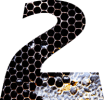 DENNIS VANENGELSDORP: A PLEA FOR BEES
DENNIS VANENGELSDORP: A PLEA FOR BEES
Apiarist Dennis vanEngelsdorp studies colony collapse disorder — the disturbing worldwide epidemic wiping out worker bees and Western honeybees, resulting in the demise of entire colonies of the gentle, fascinating creature. But this is no tragedy we can observe from a bystander perspective — bees and their work are surprisingly integral to our entire food system, from the breakfast you ate this morning to large-scale agricultural economy. “One in three bites of food we eat is directly or indirectly pollinated by honeybees,” says vanEngelsdorp.
There are more species of bees than mammals and birds combined.
For more on colony collapse disorder, check out the fascinating documentary Vanishing of the Bees, which follows two commercial beekeepers as they struggle to keep their bees healthy and alive, then offers ways for you to make your own living space, be it urban or countryside, more bee-friendly.
 ROSE-LYNN FISHER: BEE
ROSE-LYNN FISHER: BEE
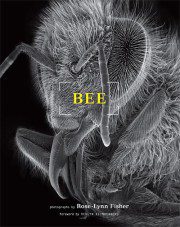 From photographer Rose-Lynn Fisher comes BEE — an incredibly artful, thoughtful exploration of the beautiful complexity of bees and the larger natural patterns it bespeaks. Fisher blends the immaculate scientific precision of electron microscope imaging with the aesthetic sensibility of art photography to produce 128 pages of breathtaking revelation that expands the boundaries of how we think about these remarkable creatures and nature at large.
From photographer Rose-Lynn Fisher comes BEE — an incredibly artful, thoughtful exploration of the beautiful complexity of bees and the larger natural patterns it bespeaks. Fisher blends the immaculate scientific precision of electron microscope imaging with the aesthetic sensibility of art photography to produce 128 pages of breathtaking revelation that expands the boundaries of how we think about these remarkable creatures and nature at large.
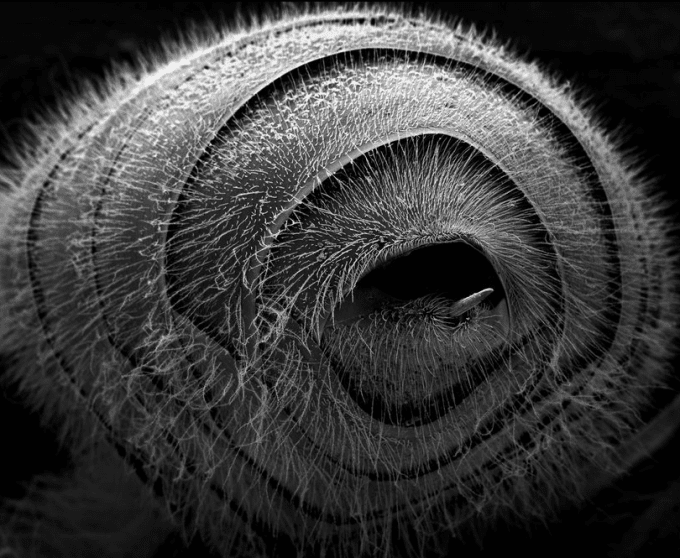
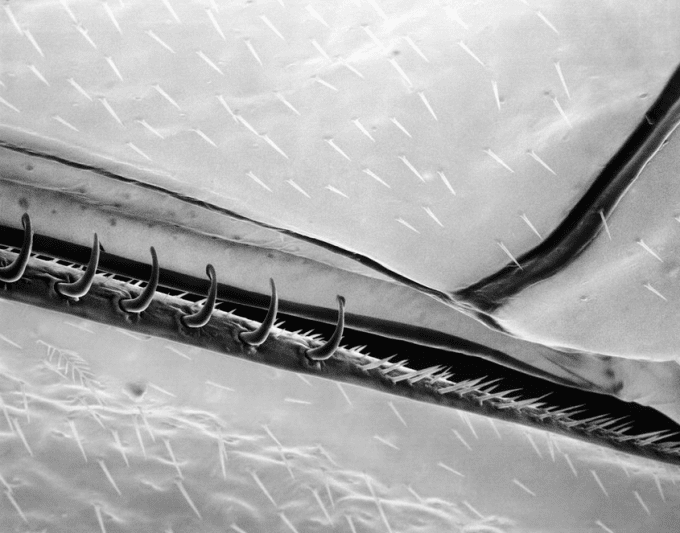
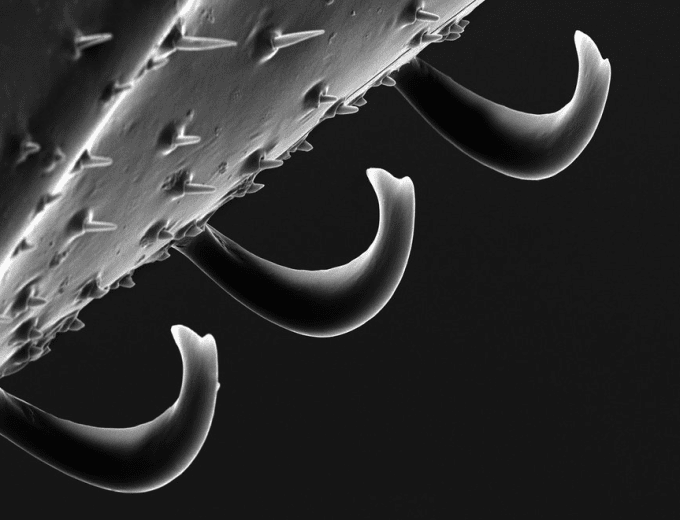
The first time I looked at a bee’s eye magnified I was amazed to see a field of hexagons, just like honeycomb. I wondered, is this a coincidence or a clue? Is it simply that hexagons are ubiquitous in nature, or is there a deeper correspondence between the structure of the bee’s vision and the structure she builds – in other words, similar frequencies being expressed in similar form? This got me pondering on the connection between vision and action at a more abstract, metaphoric level. Is there a parallel kind of encoding relevant to humanity? At a refined level of our own nature, does our deeper capacity to see and to do correspond with an intrinsic structuring?” ~ Rose-Lynn Fisher
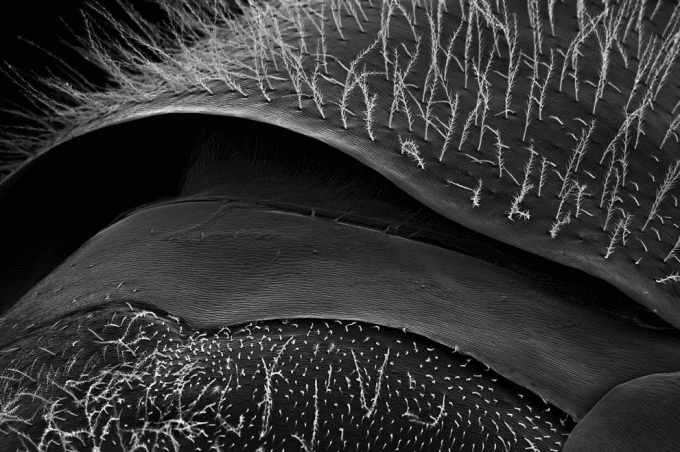

Images via NPR
BEE came out in 2010 and is without a doubt one of the most visually stunning, conceptually ambitious photography books in recent years.


